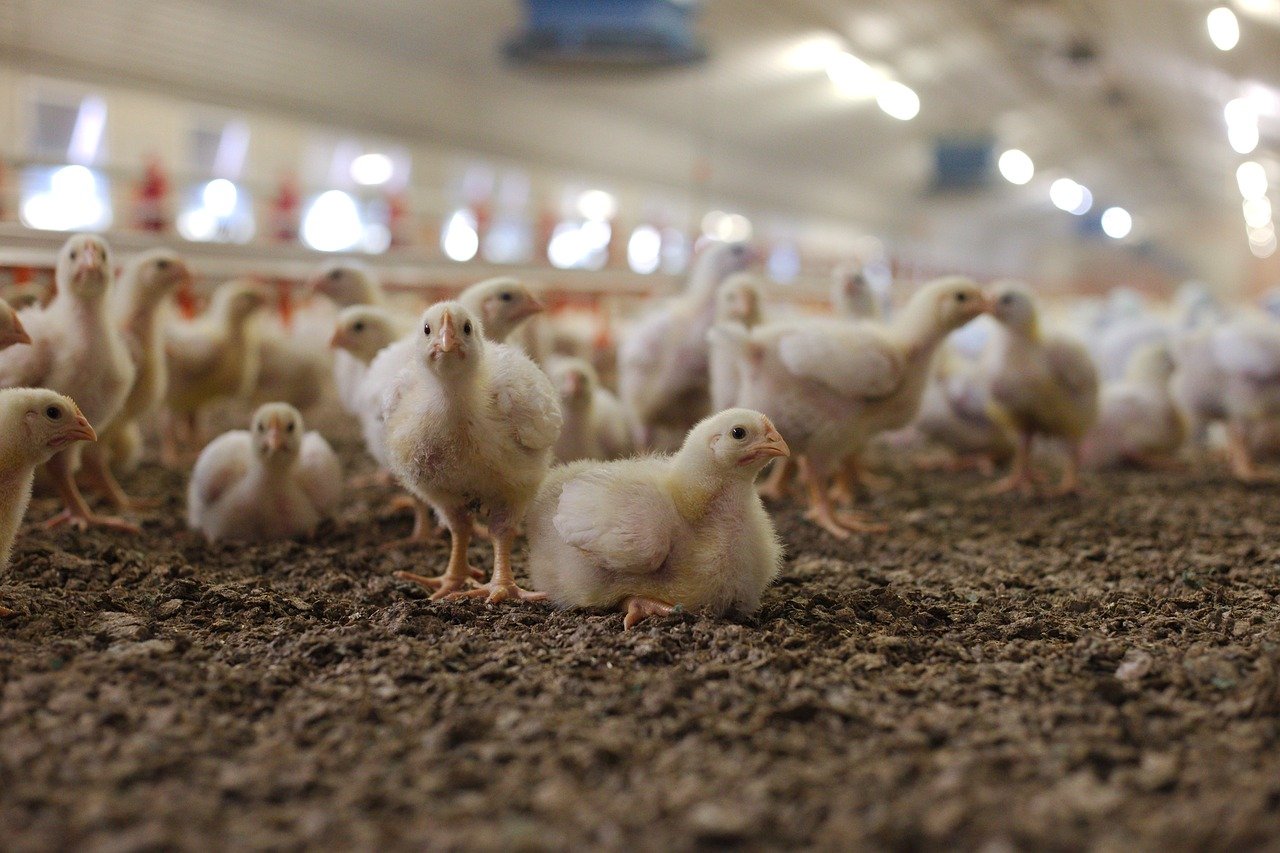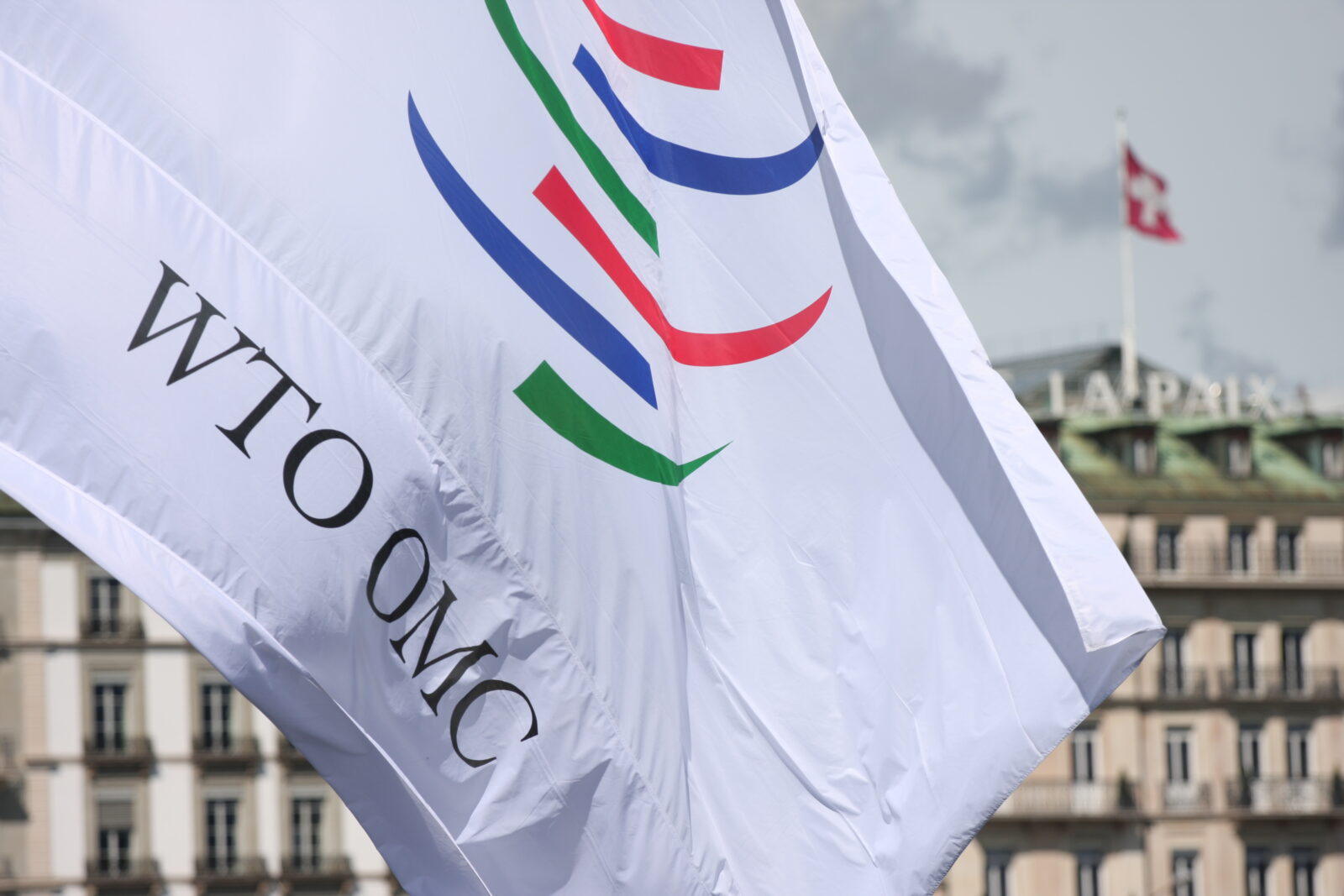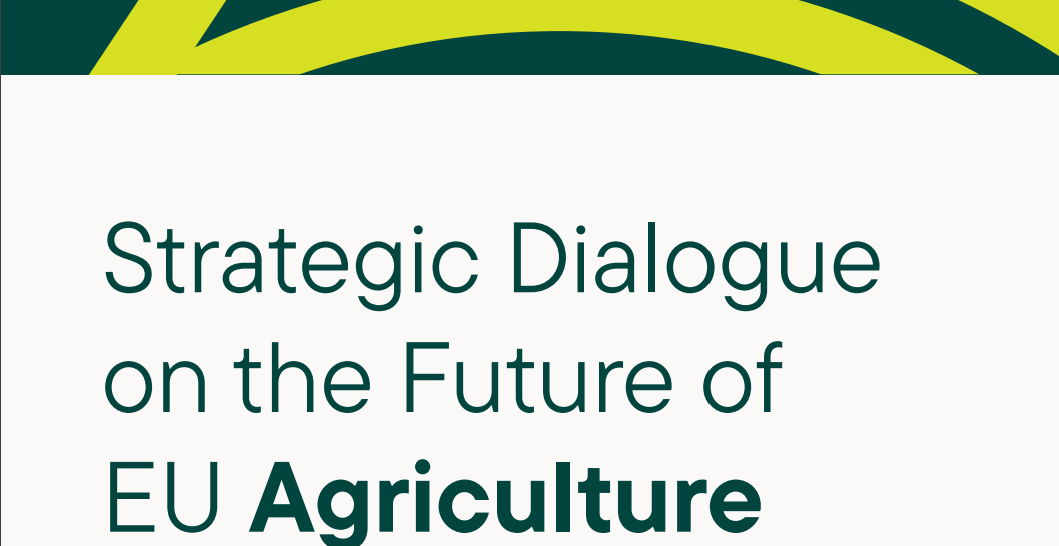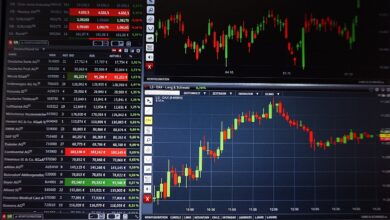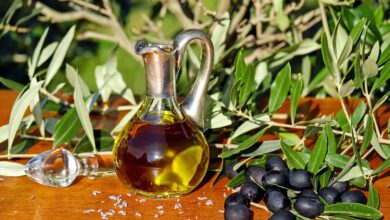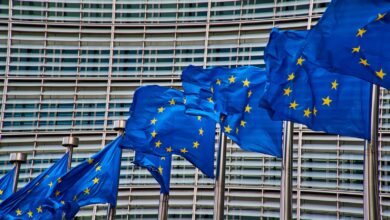
Download the PDF
On July 16th, Ursula von der Leyen, the new President of the Eruopean Commission, presented to the European Parliament the orientations she intended to give to Community policies for the new term of office. In the first item of her speech, she announced a “green pact for Europe” or “European Green Deal” which is not without echoing the recovery program for the American economy that President Roosevelt implemented as a result of the 1929 crisis, the “New Deal”. For the President of the Commission, it is a question of responding to the climate crisis to make Europe the “first climate-neutral continent in the world” by 2050, with a milestone in 2030 and a reduction in greenhouse gas emissions by 55%, beyond the commitment made in the Paris Agreement in 2015 (-40%).
If she is committed to detailing the content of the European Green Deal in the first 100 days of her mandate, Ursula von der Leyen has already put forward some of the tools that the European Union will adopt to achieve these goals: carbon tax at borders, the extension of the emission trading system to other sectors and an investment plan worth a thousand billion euros for the next ten years have thus been announced. To what extent will European agriculture be mobilized in this objective of carbon neutrality and, therefore, to what extent will the Common Agricultural Policy (CAP) evolve to participate in the achievement of these objectives ? Hard to say at this stage, especially since the President has also announced a biodiversity strategy, a “farm-to-fork” strategy that should address value distribution within the sector and finally a new strategy. action plan for the circular economy, three initiatives that will deal directly or indirectly with agricultural production.
Until the Commission takes office which could happen on December 1st and the 100-day deadline opens, we can only turn to the Brussels think tanks to see how the speech of the President von der Leyen is received and could be made operational. At this point, there are three strong ideas: i) The Green Deal must be the occasion for a profound transformation of the Community policies to stop fragmentation and allow their coherence, the lone commercial policy being particularly targeted (see the article by Jean Pisani-Ferry); ii) social acceptability, support for change and progressive measures must be worked upstream to avoid rejection and pitfalls, the example of the “yellow vests” movement being frequently quoted (see the collective article emanating from the Bruegel Institute); and (iii) the credibility and effectiveness of the Green Deal will depend on how the European Union breaks with the neo-liberal logic still very present in Brussels (see Michel Aglietta’s article for Confrontations Europe).
On this last point, we can note that by referring to the New Deal of Franklin D. Roosevelt, the title of a European Green Deal announces the return of a greater place for public intervention in economic matters. An interesting parallel seems to have be made with the American political situation where, last February, a resolution carried by Democratic Senators for “recognizing the duty of the Federal Government to create a Green New Deal“.
Two of the main favorites for the US nomination for the 2020 presidential election, Elisabeth Warren and Bernie Sanders, have endorsed this resolution and include in their respective agricultural programs (here and there) explicit references to the New Deal of the 1930s. They advocate in particular for the importance of rehabilitating supply management instruments such as production quotas, instruments widely used to overcome overproduction and deflation in the 1930s. In addition to raising prices and farm income, the two candidates believe that supply management also offers the means to encourage the development of more environmentally friendly forms of production and the fight against climate change. Both advocate carbon neutrality by 2050 and the issue of carbon storage in soils is well identified. Carbon neutrality and Green New Deal commitments also feature in Joe Biden’s program, but rather than quotas, the latter favors the continued development of biofuels to address low prices and increase renewable energy.
Agriculture is at the forefront of the fight against climate change: if it suffers from the increase in the frequency of extreme events, it contributes to greenhouse gas (GHG) emissions but, at the same time, soils can store more carbon. According to the European Environment Agency, in 2017 agriculture accounted for 10.8% of Europe’s GHG emissions (46% methane, 35% nitrous oxide, 19% carbon dioxide). This proportion is 22% worldwide according to the latest IPCC report.
The diversity of production methods within each sector offers significant prospects for reduction: a dairy cow grazing grass in a region of low livestock density will not have the same environmental impact as a cow fed with feeds that may have traveled several thousand kilometers from a specialized area.
Implementing taxes to “internalize negative externalities”, the traditional recipe promoted by economists, can certainly favor the first type of livestock farming compared to the second. However, this approach suffers from at least two main limits: beyond the emission of GHGs, other dimensions must be taken into account, such as the nitrogen cycle, but also animal welfare; moreover, farmers’ acceptability of such measures will not be good if, in parallel, we do not define a transition path and the economic security of producers. The recent farmers’ demonstrations in the Netherlands against the first announcements of a 50% drop in cow numbers shows it just as much as the “yellow vests”: to make change happen, alternatives have to be provided and economic security must be ensured.
To reuse the example promoted once again in the United States, it seems that production quotas can usefully help to change production systems by offering higher and more stable prices to producers while integrating the differences in terms of sustainability between production systems. In the past, quota management in France has made it possible to limit the geographical concentration of production. It can also be imagined that a new system of production rights, partially marketable, in which the negative and positive externalities are internalized in the price of the rights to produce. This type of instrument also has the advantage of self-financing the reduction of production or even the exit of the least sustainable producers. Proposals of this kind had already been made before the abolition of European milk quotas in 2015 (see study).
Livestock production and in particular dairy farming are characterized by high fixed and irrecoverable costs. As a result, the price adjustment does not work properly, especially on the downside, which is why dairy quotas were preferred to lower prices in the early 1980s to stem the overproduction. The reasons that led to the decision to abolish milk quotas may have to be reconsidered in another light. On the one hand, price rises in the late 2000s led to a collective euphoria where we assumed the inability of agricultural supply to catch up with population growth, which turned out to be wrong. On the other hand, the EU wanted to lower tariff protections to have a bargaining chip in the WTO negotiations. But the Doha Round is in dead end and if a new multilateralism emerges, it will be to regulate international markets and remove them from dumping.
Finally, while production quotas remain a category of instruments used, notably in the United States for sugar or in Canada for milk, it is necessary to question the reasons why we sought to denigrate them so much in debates on the CAP. Must we remind everyone that this type of instrument remains largely promoted in other Community policies? We are refering in particular to emission quotas such as carbon quotas, but also to fishing quotas which are the main tool of the Common Fisheries Policy, one of the most effective Community policies: the improvement of fisheries resources in the quota areas are attested (see the Commission’s annual communication on the state of fish stocks). Even favorable scientific opinions on the evolution of certain fish stocks do not result in an increase in fishing quotas when fishermen collectively believe that the market concerned already has an excess of supply. Although the management of the natural resource takes precedence in the implementation of fishing quotas, the concern for market management is also taken into account. This example opens an interesting perspective: how to jointly manage natural resources and market equilibria with supply management tools?
Thus, if for crop production, the variability of yields would rather lead to privilege a regulation of demand by the management of non food outlets and a better flexibilisation of biofuel policies, for animal productions the management of supply offers benefits to ensure the acceptability of change and drive the sustainability of the sector. It should be noted that the European Commission has issued a favorable opinion on the willingness of Ivory Coast and Ghana – which account for more than two thirds of cocoa production – to set a minimum price and to coordinate to balance their offer with international demand in the name of sustainability and development.
In the context of the European Green Deal, the new European Commission would therefore be well advised to reconsider instruments that have in the past been over-criticized. In the absence of effective steering tools, it is difficult to see how ambitious environmental objectives – “A more ambitious Union” is the title of Ursula von der Leyen’s speech – could be achieved.
Frederic Courleux, Director of studies for Agriculture Strategies


